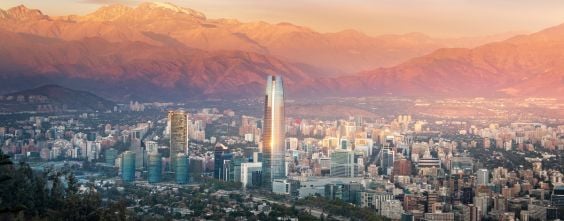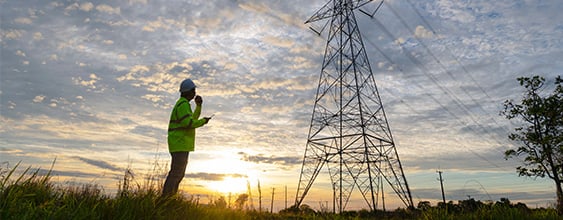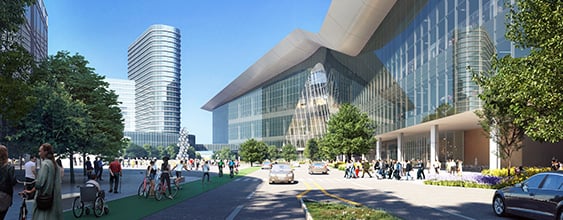To offset the project’s environmental impacts, WSP developed environmental mitigation to satisfy permit requirements.
In the project’s first stage, the team restored approximately 16.5 acres of upland mangrove marsh by excavating fill to re-contour the marsh, then planting 70,000 Florida-native, nursery-grown mangrove and wetland transition buffer plants.
The mitigation design created additional mangrove habitat through the construction of riprap planters and restored the shoreline of an existing manatee nursery area by removing existing nuisance exotic vegetation and reconfiguring the eroded shore. For reef mitigation, 814 corals were relocated to create three acres of artificial reef habitat for natural recruitment, ultimately replacing nearly 15 acres of existing hard-bottom reef habitat.
“WSP monitors the mangrove and reef habitat on a quarterly basis to document the success of these mitigation areas, and ongoing observations of wildlife have revealed wading birds, shorebirds and other highly mobile avian species,” Krishnan said.
Located within the cities of Fort Lauderdale, Hollywood and Dania Beach, Port Everglades is in the heart of one of the world's largest consumer regions, with a constant flow of approximately 110 million visitors statewide and six million residents within an 80-mile radius. The port has direct access to the interstate highway system and the Florida East Coast Railway's 43-acre intermodal container transfer facility and is closer to the Atlantic Shipping Lanes than any other Southeastern U.S. port.
[To subscribe to Insights, contact the editorial staff at [email protected].]

















